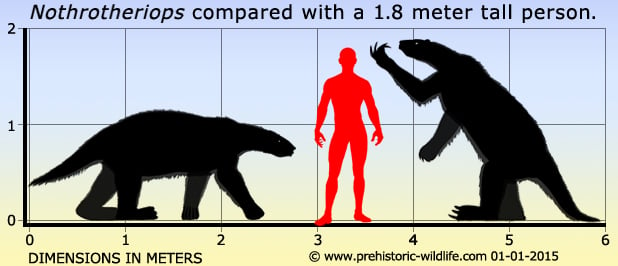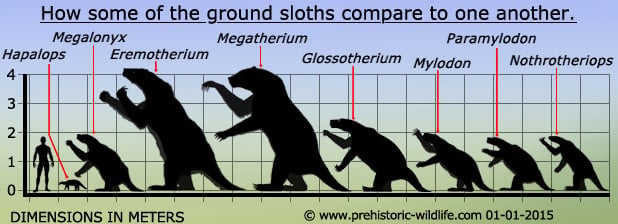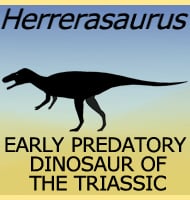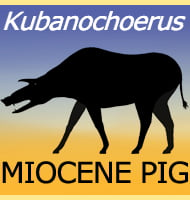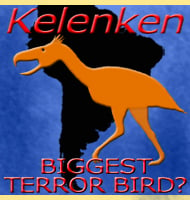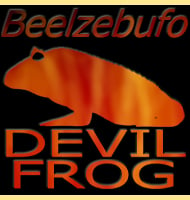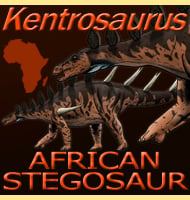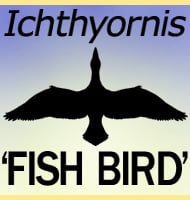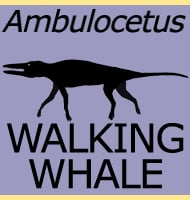In Depth
A relatively small ground sloth when compared to others such as Megatherium, Eremotherium and Glossotherium, Nothrotheriops seems to have had a similar lifestyle and dietary preference of browsing upon vegetation. One specimen of Nothrotheriops from Aden Crater in New Mexico was found in a lava tube and still had the remnants of hair and even a tendon still preserved. The best known species of Nothrotheriops is N. shastensis which is also known as the ‘Shasta ground sloth’ (after Shasta County, California).
Further Reading
– Reconstruction of Cranial Morphology and Analysis of Function in the Pleistocene Ground Sloth Nothrotheriops shastense (Mammalia, Megatheriidae). – Contributions in Science 389. – Virginia L. Naples – 1987. – Nothrotheriops from the Pleistocene of Oklahoma and Paleogeography of the Genus. – The Southwestern Naturalist. 36 (2): 178–185. – W. A. Akersten & H. G. McDonald – 1991.
